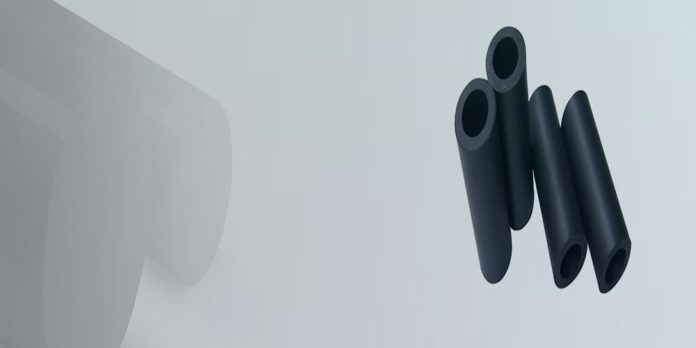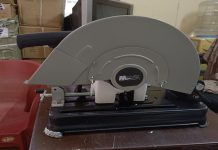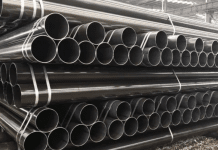Carbon-filled PTFE (Polytetrafluoroethylene) is a type of polymer that is reinforced with carbon fillers. It is frequently used in numerous industrial applications due to its unique properties and features. In this article, we will discuss the prominent key points of a China Carbon Filled PTFE and its significance in different applications.
It is frequently used in various applications due to its unique properties. It is known for its excellent chemical resistance and thermal stability.
Characteristics of Carbon-Filled PTFE
Carbon-filled PTFE exhibits several characteristics that make it a popular choice for various applications. Its unique properties and characteristics make it an ideal material for various applications
- The carbon-filled PTFE also boosts the electrical conductivity of the material, making it suited for applications where static charge needs to be dissipated.
- When chemical resistance and high-temperature performance are essential, such as in chemical processing equipment and aircraft components, carbon-filled PTFE is frequently utilized.
- It is the perfect material for situations when exposure to severe chemicals and high temperatures is anticipated because of Chemical and Thermal Resistance.
- The low friction coefficient of carbon-filled PTFE is another noteworthy feature.
- The material is also used in seals, gaskets, and bearings due to its low friction and self-lubricating properties.
Carbon Fillers Used in PTFE
Graphite, carbon black, and carbon fiber are just a few examples of the various carbon fillers that can be used to reinforce carbon-filled PTFE. Each type of carbon filler has its unique properties and advantages. For instance, graphite-filled PTFE is an excellent electrical and thermal conductor, whereas carbon black-filled PTFE demonstrates high wear resistance.
The type of carbon fillers used in PTFE can impact the properties and characteristics of the resulting material. Carbon fiber-filled PTFE, on the other hand, has excellent mechanical strength and stiffness.
Applications of Carbon-Filled PTFE
Chemical Processing Industry
Due to its exceptional chemical resistance properties, carbon-filled PTFE is highly prized in the chemical processing industry and is frequently used to make gaskets, seals, and other parts that come into interact with corrosive substances, acids, and bases.
Aerospace Industry
Carbon-filled PTFE (polytetrafluoroethylene) is frequently utilized in the aerospace sector for making bearings and bushings. Because of its low friction and self-lubricating characteristics, carbon-filled PTFE is an excellent material for making bearings and bushings that can endure heavy loads and rapid motion even under unfavorable climatic circumstances.
Electrical Industry
Since carbon-filled PTFE excels as an electrical insulator, it is the ideal substance for usage in the electrical sector. It is employed to make wire insulation, cable claddings, and electrical connections, among other electrical insulating elements. Carbon-filled PTFE is also extensively used in electrical devices due to its greater temperature tolerance and low dielectric constant.
Medical Industry
Due to its biocompatibility and lack of reactivity with biological fluids, carbon-filled PTFE is used in the medical sector. It is employed in the production of parts for medical implants, surgical equipment, and catheters.
Food and Beverage Industry
Carbon-Filled PTFE is commonly utilized in the food and beverage industry because of its non-stick characteristics and strong chemical resistance. Carbon-Filled PTFE is frequently used as a coating for cookware and bake ware due to its non-stick properties.
Advantages of Carbon-Filled PTFE
Carbon-filled PTFE offers several advantages over other materials, including improved performance.
- Carbon-filled PTFE is very resistant to chemical attacks and can endure exposure to strong chemicals and solvents.
- The material has low friction and self-lubricating qualities, making it appropriate for use in seals, gaskets, and bearings.
- Carbon-filled PTFE can endure temperature variations of up to 500°F (260°C) and can function at high temperatures.
- The material is very machinable and is simple to mold into intricate shapes and dimensions.
- Excellent dimensional stability and property retention across a broad temperature and environmental range are characteristics of carbon-filled PTFE.
Final Wording
To achieve optimal performance and longer service life, it is critical to choose the appropriate carbon-filled PTFE for a particular application. Further developments in carbon-filled PTFE technology can be expected due to ongoing technological advancements.











